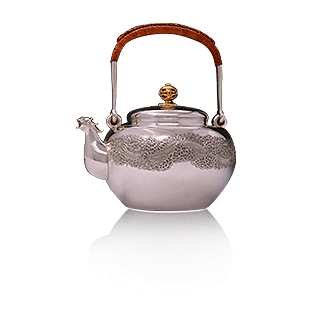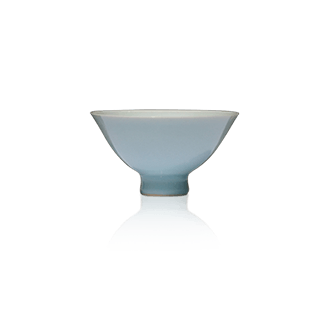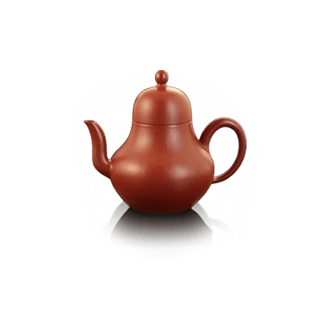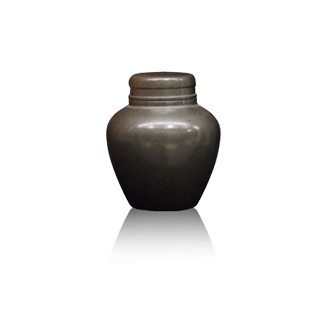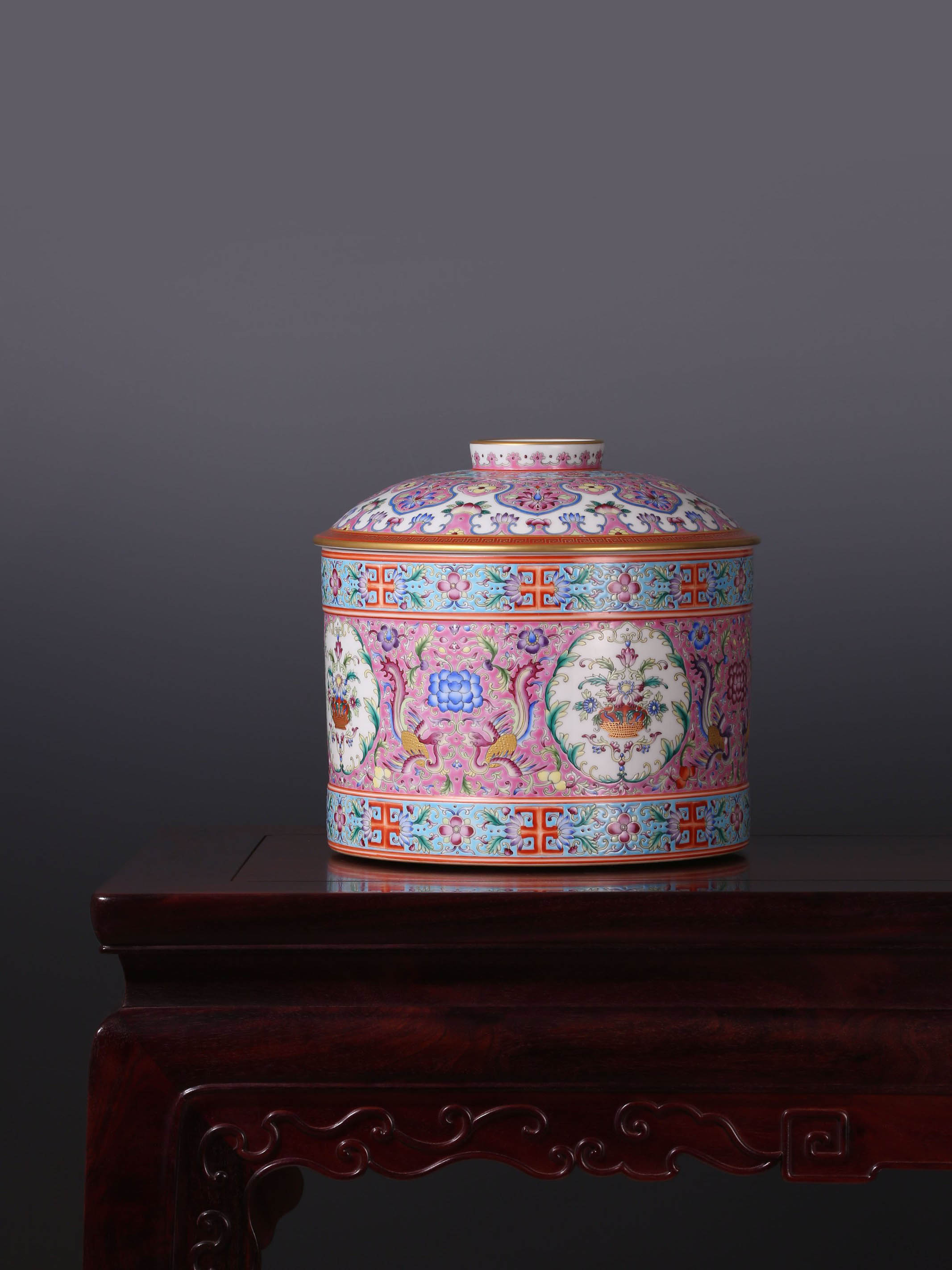
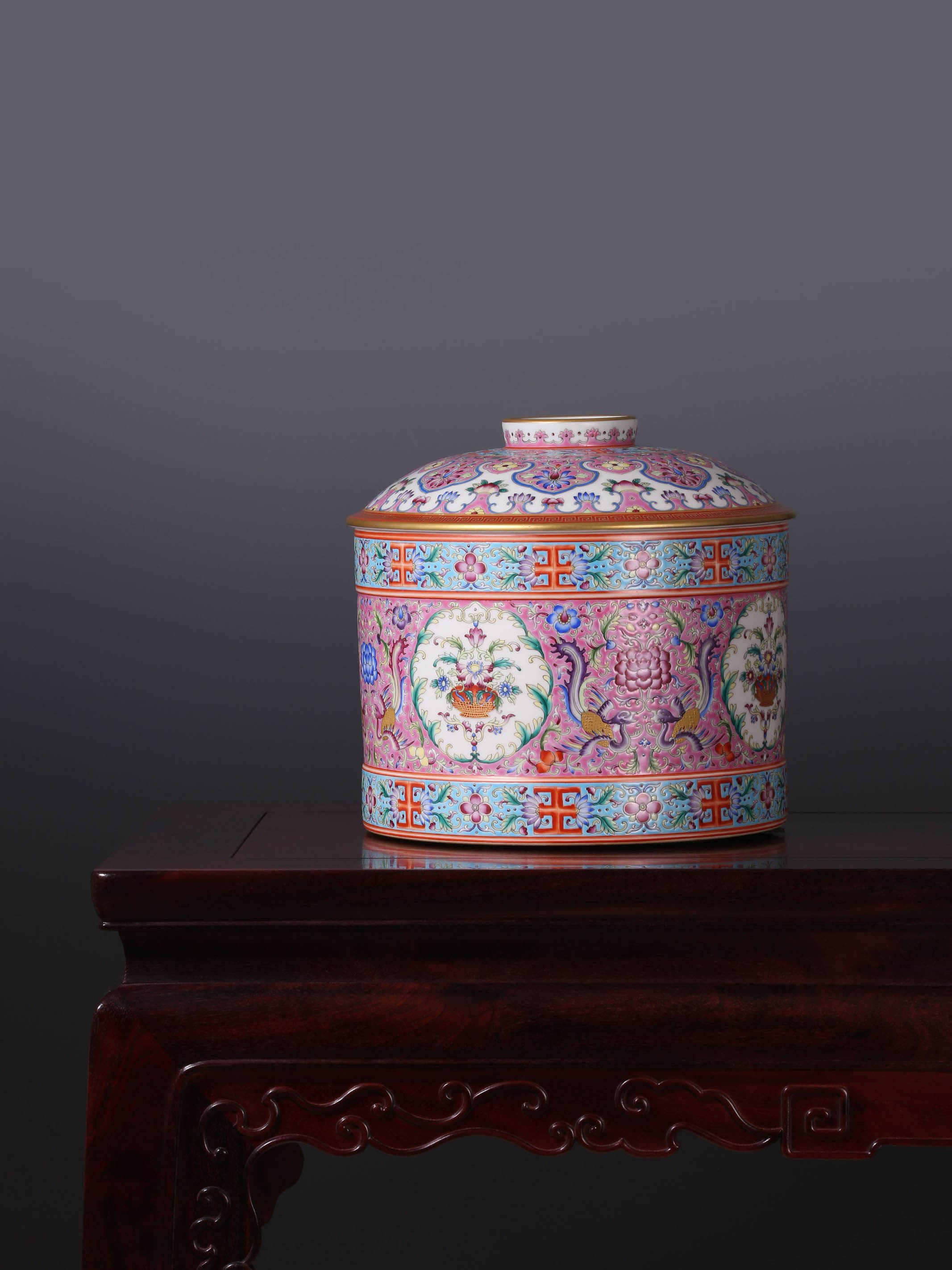
Dayazhai Large Tea Canister with Lotus and Phoenix Pattern




Dayazhai Large Tea Canister with Lotus and Phoenix Pattern
Dayazhai Large Tea Canister with Lotus and Phoenix Pattern
Dayazhai Large Tea Canister with Lotus and Phoenix Pattern
Vessel Type: Large Tea Canister
Artist: dayatang
Material: Porcelain )
Specifications: Diameter: 24cm; Overall height: 22.5cm
Vessel Type: Large Tea Canister
Artist: dayatang
Material: Porcelain )
Specifications: Diameter: 24cm; Overall height: 22.5cm

Large tea caddy with lotus and phoenix design
This large tea caddy with lotus and phoenix scroll design was jointly crafted by Xu Zhijun, an inheritor of the Qing Dynasty imperial kiln famille rose porcelain painting technique from Jingdezhen, and Zhang Jian, a master of overglaze enamel and gold-leaf technique, along with several other masters. It employs various techniques including enamel painting, iron-red enamel, and gold-leaf technique, and was fired four times in the kiln. The designs include scrolling vines, lotus flowers, and flower basket patterns, each with a meaningful and auspicious meaning. The exquisite decoration and elegant colors achieve a perfect and refined aesthetic.
Flower basket pattern:
Flower basket patterns were very popular in the Qing Dynasty. The flower basket pattern symbolizes a flourishing of life and vitality, and represents celebration of joy and victory.
Treasure flower:
The term "Baoxiang" originates from Buddhism. It is a respectful term used by Buddhist believers to refer to the image of the Buddha, and it represents an ideal flower shape that is pure, dignified, and beautiful.
The term "Baoxianghua" does not refer to a single flower shape. It is a pattern that has undergone artistic refinement, incorporating and refining elements from various flowers such as lotus, peony, and pomegranate.
The lotus flower pattern originated and flourished in the Tang Dynasty, inheriting the Tang Dynasty's aesthetic tendency of valuing fullness and the characteristics of national art and culture. By the Song Dynasty, the lotus flower pattern had changed from its rich and luxurious style to become more regular and simple. The Song Dynasty also saw the emergence of the intertwined lotus flower pattern, which also had a more obvious sense of movement.
vine pattern:
The exterior is painted with enamel-painted intertwined branches, with clear veins and graceful, dynamic foliage. The continuous structure of the branches and leaves symbolizes "endless life".
Phoenix pattern:
Phoenix patterns are ancient decorative motifs with strong ethnic characteristics. They evolved from ancient bird totem worship. The male is called Feng and the female is called Huang. In ancient mythology, they were understood as a beautiful and magical divine bird that could communicate between heaven, earth and man.

Enamel:
Besides the intricate and exquisite painting, the large tea caddy with lotus and phoenix patterns required four firings to complete, each with its own risks.
Enamelware from the Qing Dynasty was originally intended for the enjoyment of emperors and empresses. Enamel is a special type of artificially fired pigment. Before the sixth year of the Yongzheng Emperor's reign (1728), it had to be imported from Europe. After the sixth year of the Yongzheng Emperor's reign, the Qing Palace workshops were able to refine more than 20 kinds of enamel pigments themselves, which is a product of the peak period of ancient Chinese polychrome porcelain craftsmanship.










Frequently asked questions
Use the FAQ section to answer your customers' most frequent questions.
Order
Yes, we ship all over the world. Shipping costs will apply, and will be added at checkout. We run discounts and promotions all year, so stay tuned for exclusive deals.
It depends on where you are. Orders processed here will take 5-7 business days to arrive. Overseas deliveries can take anywhere from 7-16 days. Delivery details will be provided in your confirmation email.
You can contact us through our contact page! We will be happy to assist you.





